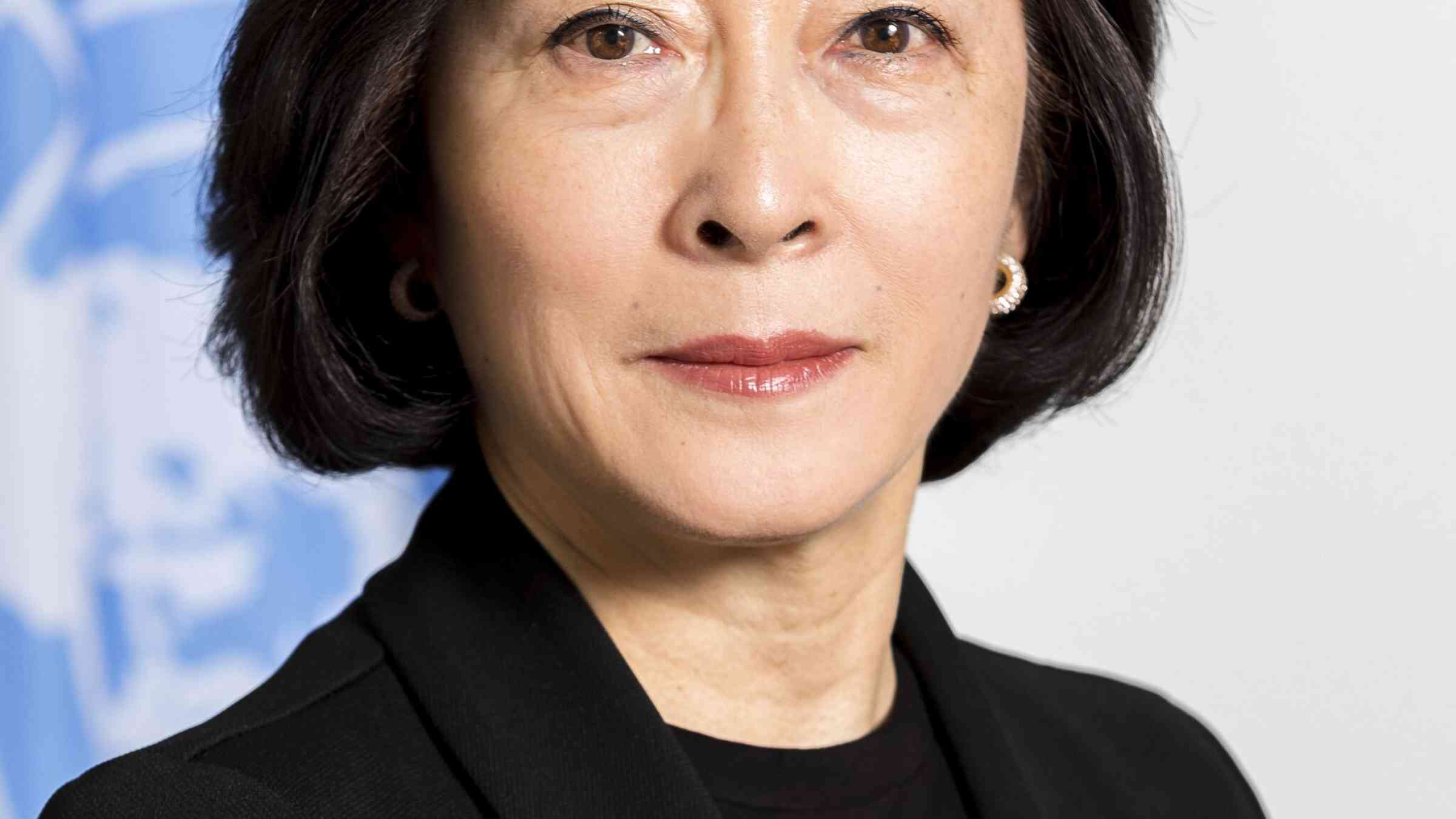Remarks by SRSG Mizutori at High Level Dialogue on Desertification, Land Degradation and Drought

Check against delivery
Remarks by SRSG Mami Mizutori High Level Dialogue on Desertification, Land Degradation and DroughtMonday, 14 June 2021
Nothing undermines sustainable development like a disaster. COVID-19 comes immediately to mind. But more often than not we see long-term disaster impacts play out not in the terrifying images of pandemics, tsunamis or earthquakes but in the high frequency, low intensity events that never make it to the news headlines.
This kind of extensive risk, for instance, the kind of risk we are exposed to through land degradation, critically erodes development assets. Analyses of countries with consistent data sets since 1990 show that the accumulated impact of such creeping extensive events often exceeds or equates the damages and losses associated with the so-called headline disasters.
So, tackling land degradation is a critical foot in the door in our battle against poverty and in pursuit of equitable, sustainable development outcomes for the world’s most vulnerable.
Fundamentally, land degradation and the loss of biodiversity are being driven by unrestrained and unsustainable changes in land-use. This is manifested most visibly in problems like drought, floods, deforestation, overgrazing and soil erosion, and has far-reaching systemic impacts through food insecurity. But this is not simply an environmental issue. It is about development, politics, economics, and human progress. It is about interconnected, systemic and cascading risk.
Coming to grips with the systemic nature of risk means transforming how we understand risk. We must consider the dynamic interaction among hazards, exposure and vulnerability. We must treat climate change as an underlying driver and amplifier of all types of risk.
Later this week, on the World Day to Combat Desertification and Drought, UNDRR will launch the Global Assessment Report: Special Report on Drought. The report shows how poorly understood drought is and how inadequately we have measured both its risk and impact, especially on the most vulnerable.
The Special Report on Drought is a call to action. It emphasizes the need for us to accelerate actions to reduce risks and build resilience based on inclusive governance approaches that address the way all of our decisions and choices either build or reduce risk. We call for iterative, flexible, planning approaches that can shift to meet new needs as evidence uncovers them. These lessons are equally applicable to land degradation -one of the risk drivers of drought.
Investing in land degradation neutrality will drive the way in which we conserve, sustainably manage and restore land. To do this, UN Member States should make land degradation neutrality a priority in national disaster risk reduction strategies that have been developed as part of the Sendai Framework for Disaster Risk Reduction.
Drawing on the recommendations of the UNDRR Special Report on Drought, and recognizing that multi-stakeholder approaches to risk management are essential, we also advocate for the establishment of a global mechanism for drought management focused on addressing the systemic aspects of drought risk creation through broad partnerships, shared learning, monitoring, assessment, and forecasting. Equivalent mechanisms bring together a wide range of partners are also needed at the national level.
Finally, we should draw inspiration from the ambitious plan to build an 8,000 km Great Green Wall across Africa and to permanently address food security challenges faced across the continent. We must mobilise the necessary resources to see it completed by 2030 at the latest.
Although only 15% complete so far, it is already bringing benefits to communities living on the edge of the Sahara. It is evidence that where there is a will there is a way to restore degraded land and to give hope to those who depend on that land to provide food, incomes and security for their families.
The promise that we can reach a point of better resilience to risk is at the heart of the Sendai Framework. Now we must put our collective shoulder to the wheel.